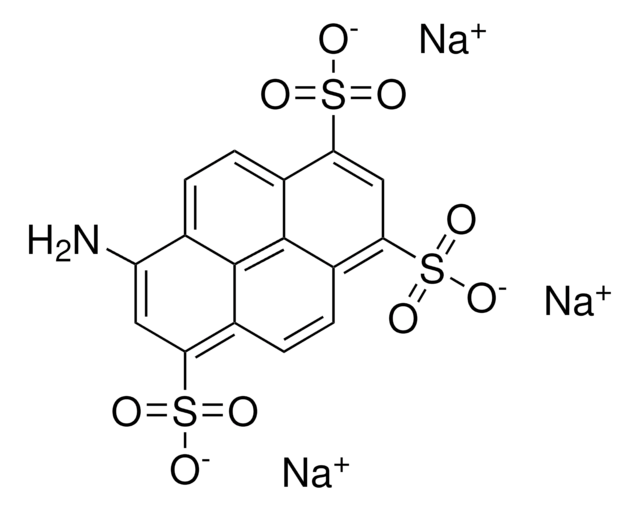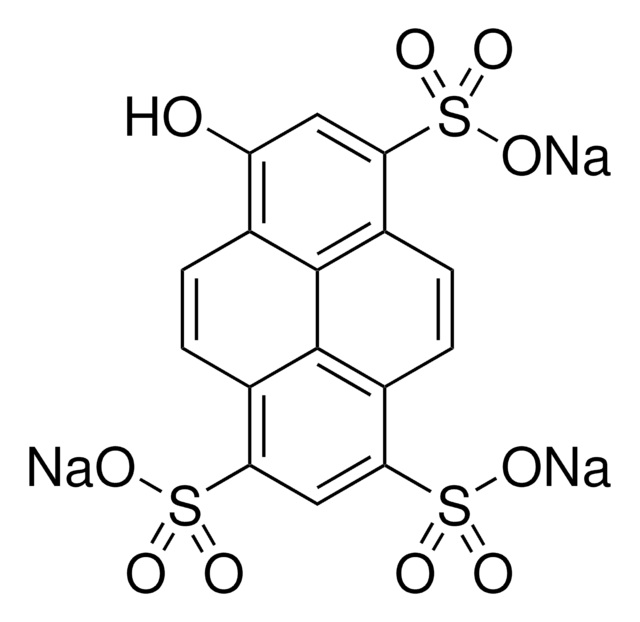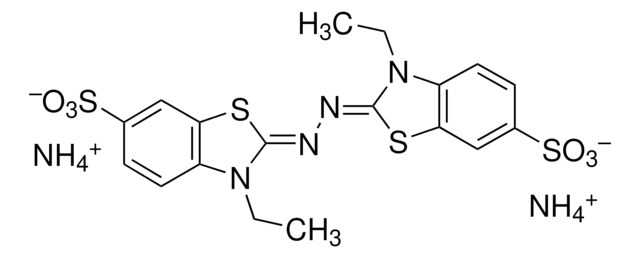추천 제품
생물학적 소스
synthetic
Quality Level
Grade
reagent grade
분석
≥98% ( with iodine, titration)
형태
crystalline
기술
HPLC: suitable
cell culture | stem cell: suitable
색상
white to slightly yellow
pH
1.0-2.5 (25 °C, 176 g/L in water)
mp
190-194 °C (dec.)
solubility
water: soluble 50 mg/mL
저장 온도
room temp
SMILES string
OC([C@]([C@@H](O)CO)([H])O1)=C(O)C1=O
InChI
1S/C6H8O6/c7-1-2(8)5-3(9)4(10)6(11)12-5/h2,5,7-10H,1H2/t2-,5+/m0/s1
InChI key
CIWBSHSKHKDKBQ-JLAZNSOCSA-N
유전자 정보
human ... SLC23A2(9962)
유사한 제품을 찾으십니까? 방문 제품 비교 안내
일반 설명
L-Ascorbic acid biosynthetic pathway varies in plants, animals and fungi. It is synthesized from L-gulono-1,4-lactone by the action of enzyme L-gulono-1,4-lactone oxidase (GLO).
애플리케이션
L-Ascorbic acid has been used:
- as a chondrogenic medium component for culturing bone-derived mesenchymal stem cells (BMSCs)(149)
- as a reference standard in high-performance liquid chromatography system (HPLC)(150)
- to test its effect on human gastric cancer GES-1 and AGS cells(151)
생화학적/생리학적 작용
Ascorbic Acid, also known as Vitamin C, is a six-carbon lactone produced by plants and some animal species but not by humans and other primates. Ascorbic acid functions as an enzymatic cofactor for multiple enzymes, serving as an electron donor for monooxygenases and dioxygenases. Ascorbic acid also functions as a powerful antioxidant, particularly in regards to reactive oxygen species.
L-Ascorbic acid deficiency is associated with lack of L-gulono-1,4-lactone oxidase (GLO) enzyme. It elicits antioxidant functionality and gets oxidized to dehydroascorbate via ascorbyl radical intermediate. L-Ascorbic acid is essential for maintaining the redox balance. It is a cofactor for dopamine-β-hydroxylase and favors T cell proliferation, protects immune system and provides relief in common cold.
주의사항
May darken in storage.
Storage Class Code
11 - Combustible Solids
WGK
WGK 1
Flash Point (°F)
Not applicable
Flash Point (°C)
Not applicable
개인 보호 장비
Eyeshields, Gloves, type N95 (US)
시험 성적서(COA)
제품의 로트/배치 번호를 입력하여 시험 성적서(COA)을 검색하십시오. 로트 및 배치 번호는 제품 라벨에 있는 ‘로트’ 또는 ‘배치’라는 용어 뒤에서 찾을 수 있습니다.
이미 열람한 고객
L-Ascorbic acid in organic synthesis: an overview
Tripathi RP, et al.
Current Organic Chemistry, 13(1), 99-122 (2009)
Vitamin C in health and disease: its role in the metabolism of cells and redox state in the brain
Figueroa-Mendez R and Rivas-Arancibia, S
Frontiers in Physiology, 6, 397-397 (2015)
Vitamin C in disease prevention and cure: an overview
Chambial S, et al.
Indian Journal of Clinical Biochemistry : IJCB, 28(4), 314-328 (2013)
Takashi Yoshida et al.
Nature chemical biology, 2(11), 596-607 (2006-09-26)
Transient receptor potential (TRP) proteins form plasma-membrane cation channels that act as sensors for diverse cellular stimuli. Here, we report a novel activation mechanism mediated by cysteine S-nitrosylation in TRP channels. Recombinant TRPC1, TRPC4, TRPC5, TRPV1, TRPV3 and TRPV4 of
Marc P Bradshaw et al.
Critical reviews in food science and nutrition, 51(6), 479-498 (2011-09-21)
Extensive reviews of research are available on the use of ascorbic acid, and its consequent degradation pathways, in physiological conditions or food matrices. However, very little information can be found for wine-related systems. This review highlights the relevant chemistry and
자사의 과학자팀은 생명 과학, 재료 과학, 화학 합성, 크로마토그래피, 분석 및 기타 많은 영역을 포함한 모든 과학 분야에 경험이 있습니다..
고객지원팀으로 연락바랍니다.




